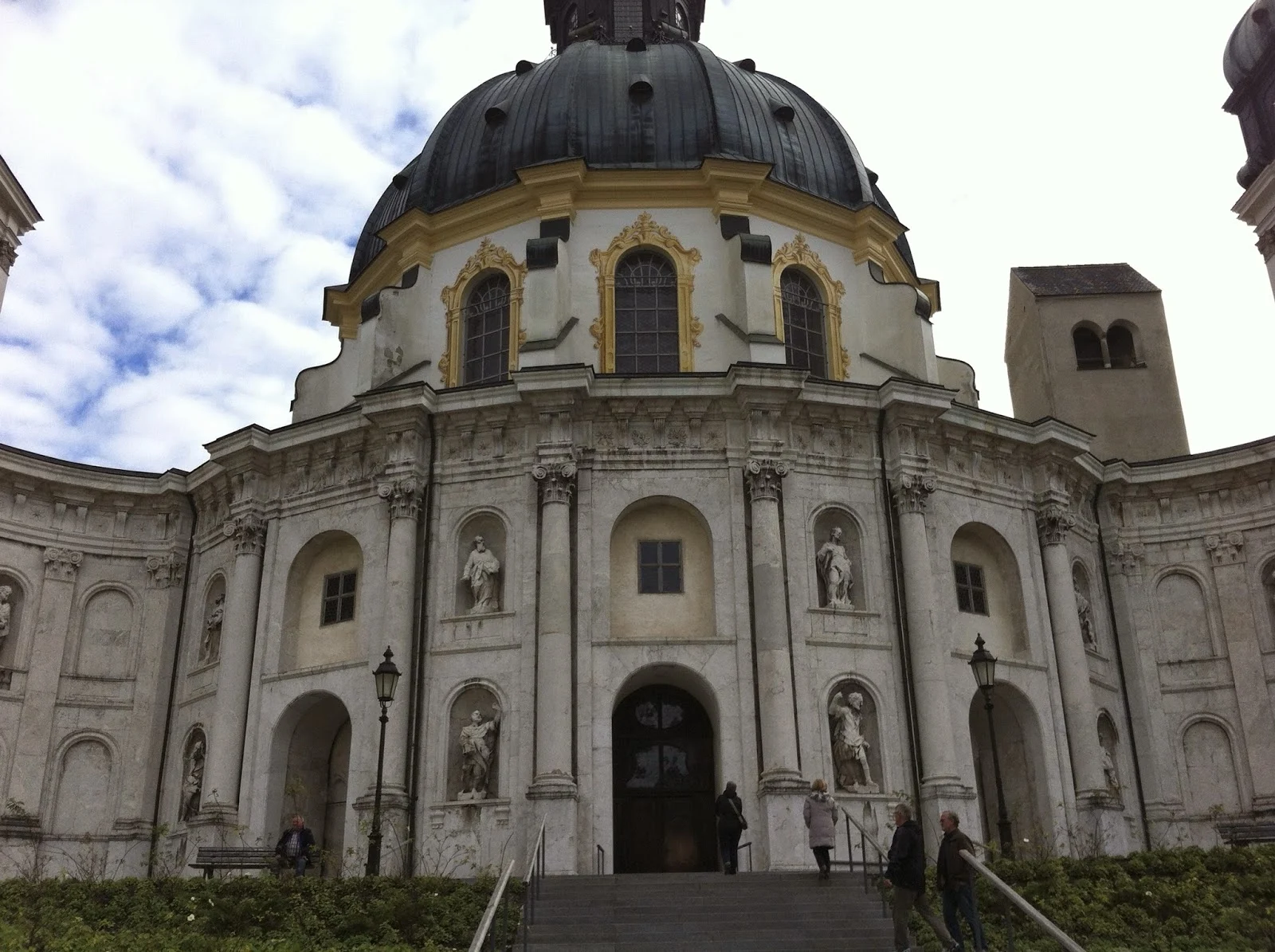Visiting Chateau Lafite-Rothschild in Pauillac, France with Savvy Mom Ruth Paget
Even though Château Lafite-Rothschild did not advertise visits on their French-language website, I called them to see if I could obtain a visit for my 25th wedding anniversary.
Even though Château Lafite-Rothschild did not advertise visits on their French-language website, I called them to see if I could obtain a visit for my 25th wedding anniversary.
I am fluent in French and know from previous experience that
that can work magic in getting things done in France. “At the worst, they can say ‘no’ or refer me
to another château for a private visit,” I said to myself. I called, exchanged emails, and secured a
tour five months in advance.
On the appointed day, my husband Laurent and I drove to
Pauillac and did reconnaissance on where hard-to-find Château Lafite-Rothschild is
located. We also visited the wine store
in town and let them know we were visiting Lafite-Rothschild and looked through
the stock that they had. We promised we
would be back after the tour.
We still had time left before the tour, so we ate a seafood
lunch by the Gironde Estuary with a white Bordeaux Graves wine. We bought a laguiole knife with a wood handle
that is perfect for cutting off wine bottle neck covers the right way. Then we set out along the Route des Châteaux
and took pictures of the showplace châteaux along the way.
Bordeaux is very commercial; it was created to serve foreign
trade purposes. It differs from Burgundy
in this aspect, which has a more religious foundation to its winemaking. This is not a criticism of Bordeaux. The region has created an incredibly reliable
luxury product that is available at several different price levels.
Lafite-Rothschild’s tradition as a luxury good began in the
last 3rd of the 17th century according to Jancis Robinson
in The Oxford Companion to Wine. Bordeaux wines taste very good, because
they are blends. Each varietal brings
something to the whole. This blending of
varietals differentiates Bordeaux wines from a single varietal cabernet
sauvignon, for example.
The Oxford Companion
to Wine writes that Lafite-Rothschild wines are made up of:
71% Cabernet Sauvignon
3% Cabernet Franc
25% Merlot
1% Petit Verdot
This combination alone does not tell the whole story of
Lafite-Rothschild’s success. I could see
on our tour that the Château is hospital clean in almost every cellar and uses very sanitary
production techniques to clarify their wines.
When we began our tour with the Château’s sommelier, he confirmed that
Lafite-Rothschild is one of the First Growths listed in the 1855 Classification
of 60 leading Médoc châteaux. There are
five levels of classification in the 1855 listing, which is still referred to
today for quality wines. The 1855
Classification was established by Emperor Napoleon III (1808 – 1873) to help
sell French wines at the Exposition Universelle.
Before we walked down into the cellars, we examine a glass case with a
cut of what the vine roots had to go down through. I suspected it was for cabernet sauvignon as
it was full of gravel on one layer and ended with sand. The sommelier told us that water extended
down to the sand, which was about six feet down in the glass case.
There was also a map in this antechamber, which showed the vineyards –
first and second growth areas. 1/3 of
Lafite-Rothschild’s production is produced by younger vines under the label
Carrudes de Lafite according to The
Oxford Companion to Wine.
On the tour we went through the spotless cellar rooms where wines are
“elaborated.” Winemaking is like music
for me; I do not want to know all the details.
I just want to enjoy a glass or two of red Bordeaux with duck breast.
The one messy room at Château Lafite-Rothschild was the cellar with
antique wines. The Lafite-Rothschild
visitor’s book says there are bottles in this cellar dating from 1797, 1798,
1801, 1805, and 1811. Those must have
been good harvest years. The sommelier
assured me that they were not vinegar, but did need decanting to be drunk.
Once past this room, there is the cellar with all the barrels for
aging. The barrels are all made at
Lafite-Rothschild. They are beautiful
examples of French craftsmanship. (The
barrels made here also go to Château Rieussec in the Sauternes, which is also a
Rothschild family property.)
When we went into the round cellar for aging second-year wine, the
sommelier explained that Lafite-Rothschild clarifies wine of debris with egg
whites before the second aging. I
remarked that the same technique is used in the sherry region of Spain. I suggested that Lafite-Rothschild should
make and sell Portuguese flan, which uses egg yolks only as a winemaking
byproduct.
Dinners are held in this round cellar, and I thought flan would be a
good dessert for one. The room is the
work of Catalan architect Riccardo Bofill.
Baron Eric de Rothschild commissioned the room in 1987 according to the
Château’s visitor’s book.
We finished our tour with a wine tasting and many thanks for the
lovely visit.
By Ruth Paget - Author of Eating Soup with Chopsticks and Marrying France
Click here for: Ruth Paget's Amazon Books
Click here for: Ruth Paget's Amazon Books
 |
| Chateau Lafite-Rothschild - Laurent Paget Photography |
 |
| Route des Chateaux - Laurent Paget Photography |
 |
| Route des Chateaux - Laurent Paget Photography |
 |
| Laurent Paget Photography |
 |
| Laurent Paget Photography |
 |
| Laurent Paget Photography |















